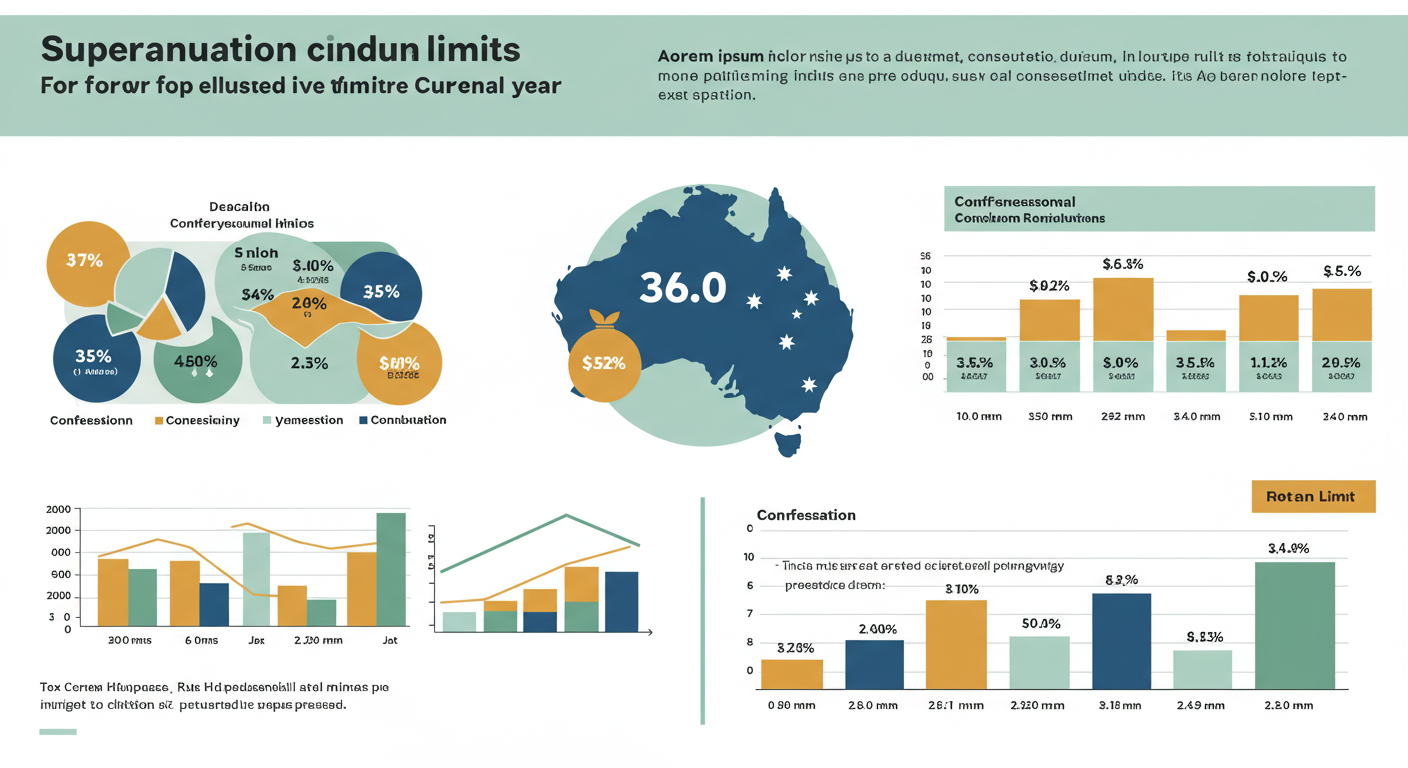You know that feeling when you’re applying for a home loan and the bank asks about your “credit history”? Your heart skips a beat, doesn’t it? I remember sitting across from my first mortgage broker fifteen years ago, watching him tap away at his computer while I nervously fidgeted with my coffee cup. “Hmm,” he said, peering at his screen. “Let’s talk about your credit score.”
That was my wake-up call. Like most Australians back then, I had no idea what a credit score actually was or how it worked. Fast forward to today, and I’ve spent over a decade helping families navigate the murky waters of credit scoring. Trust me, it’s not as scary as it seems – once you understand the game.
What Exactly Is a Credit Score?
Think of your credit score as your financial report card. Just like how your kids get graded on their school performance, you get a number that represents how well you’ve managed money and debt in the past. In Australia, this number typically ranges from 0 to 1,200, though different credit bureaus use slightly different scales.
Here’s the thing though – unlike your Year 12 ATAR, this score changes regularly. It’s a living, breathing reflection of your financial behaviour that gets updated monthly. Pretty cool, right? Well, cool if you’re doing the right things with your money.
I had a client, Sarah, who discovered her score was sitting at a measly 380. She was devastated. “Does this mean I’ll never get a mortgage?” she asked. The answer was no – but it did mean we had some work to do.
The Big Three: Australia’s Credit Reporting Bodies
Australia has three main credit reporting bodies, and they’re the ones keeping tabs on your financial behaviour:
Equifax is probably the most well-known. They’ve been around the longest and hold credit information on most Australian adults. Experian is the global giant that entered the Australian market, and illion (formerly Dun & Bradstreet) rounds out the trio.
Here’s where it gets interesting – and slightly frustrating. Each bureau might give you a different score. Why? Because they don’t all receive the same information from lenders, and they use different scoring models. It’s like having three different teachers grade the same assignment using different marking criteria.
My advice? Check all three. Most lenders will look at one or two of these bureaus when assessing your application, so you want to know what they’re seeing.
How Your Score Gets Calculated
Now, let’s peek behind the curtain. Your credit score isn’t calculated by some mysterious algorithm (well, it is, but bear with me). It’s based on several key factors:
Payment history is the big one – it typically accounts for about 35% of your score. This is simply whether you’ve paid your bills on time. Credit cards, personal loans, mortgages, even some utility bills and phone plans can impact this. Miss a payment? Your score takes a hit.
Credit utilisation makes up roughly 30% of your score. This is how much of your available credit you’re actually using. If you have a $10,000 credit card limit and you’re constantly sitting at $9,000, that’s a red flag. The sweet spot? Keep it under 30% of your limit, but ideally closer to 10%.
Length of credit history accounts for about 15%. This is why I always tell young adults to get a credit card early (and use it responsibly). The longer you’ve had credit accounts, the better it looks.
Types of credit make up 10%. Having a mix of credit types – a mortgage, a credit card, maybe a car loan – shows you can handle different kinds of debt responsibly.
New credit inquiries round out the final 10%. Every time you apply for credit, it leaves a mark on your file. Too many applications in a short period? It looks like you’re desperately seeking credit, which makes lenders nervous.
What’s Actually On Your Credit Report?
Your credit report is like a financial diary that you never knew was being written. It includes:
- Your personal details (name, address, date of birth)
- Credit accounts you’ve opened in the past two years
- Payment history for the last 24 months
- Credit inquiries from the past five years
- Public records like court judgments or bankruptcies
- Default notices (these stick around for five years – ouch!)
I once had a client who found three different addresses on his credit report from a decade ago. Turns out, he’d moved around a lot in his twenties and forgotten to update his details with various lenders. While this didn’t hurt his score, it’s a good reminder to keep your information current.
The Good, The Bad, and The Ugly: Score Ranges
So what’s a good score? Generally speaking:
- 800-1,200: Excellent (you’re in the top tier)
- 700-799: Very good (most lenders will welcome you)
- 625-699: Good (you’ll qualify for most products)
- 550-624: Fair (some lenders might be hesitant)
- 0-549: Poor (you’ll face higher interest rates or rejections)
But here’s what the banks don’t always tell you – the specific score often matters less than the information behind it. I’ve seen clients with scores in the 600s get approved for mortgages because they had stable employment and a solid savings record. Meanwhile, someone with a 750 score might get rejected because they’d recently changed jobs or had irregular income.
Common Credit Score Myths (Let’s Bust Them!)
- Myth 1: “Checking your credit score hurts it.” Nope! When you check your own score, it’s called a “soft inquiry” and doesn’t impact your score at all. In fact, I encourage families to check their scores regularly – it’s like getting a regular health check-up.
- Myth 2: “I need to carry a balance on my credit card to build credit.” This one drives me crazy because it’s so expensive. You don’t need to pay interest to build credit. Pay your balance in full each month, and you’ll build credit without the cost.
- Myth 3: “Closing old credit cards will improve my score.” Actually, this often backfires. Closing old cards reduces your available credit and shortens your credit history – both of which can lower your score.
Myth 4: “My score is the same everywhere.” As we discussed, different bureaus can give you different scores. Plus, lenders often use their own proprietary scoring models on top of bureau scores.
How to Improve Your Credit Score (The Practical Stuff)
Right, let’s get to the good stuff. How do you actually improve your score? It’s not rocket science, but it does require consistency.
- Start with the basics: Pay everything on time, every time. Set up automatic payments if you’re forgetful. I can’t stress this enough – payment history is the single biggest factor in your score.
- Keep your credit utilisation low. If you’ve got a $5,000 credit card limit, try to keep your balance under $1,500. Pay it off multiple times a month if needed.
- Don’t close old credit cards unless they have annual fees you can’t justify. Keep them open and use them occasionally for small purchases.
- Mix up your credit types, but don’t go crazy. Having a mortgage, one credit card, and maybe a car loan shows you can handle different types of credit responsibly.
- Limit new credit applications. Only apply for credit when you really need it, and space out applications by at least six months.
Let me tell you about the Johnsons (names changed, obviously). When they first came to see me, their credit scores were all over the place. Dad had a 520 score due to some missed credit card payments during a period of unemployment. Mum had a decent 680 score, but she’d never really used credit much. Their 19-year-old daughter had no credit history at all.
We developed a plan. Dad consolidated his credit card debt onto a personal loan with lower interest, then set up automatic payments. Mum got a second credit card to improve her credit mix and utilisation ratio. The daughter got a basic credit card with a $1,000 limit and strict instructions to use it only for petrol and pay it off immediately.
Eighteen months later? Dad’s score had jumped to 640, Mum’s was sitting pretty at 750, and the daughter had built a solid 680 score. They qualified for a home loan with a great rate, and more importantly, they understood how to maintain their good credit.
The Dark Side: What Hurts Your Score
Let’s talk about the things that can really damage your credit score, because prevention is always better than cure.
- Missed payments are the big one. Even one late payment can stay on your record for two years. If you’re going to be late, call your lender first – sometimes they’ll work with you.
- Defaults are worse. If you’re more than 60 days late on a payment, it can be listed as a default, which stays on your record for five years. Five years! That’s longer than most people keep their cars.
- Credit card cash advances can be a red flag. They often indicate financial stress and come with high fees and interest rates.
- Too many credit inquiries in a short period can hurt your score. Each hard inquiry can drop your score by 5-10 points.
- Bankruptcy is the nuclear option. It stays on your credit report for five years and makes it very difficult to get credit during that time.
Getting Your Credit Report: It’s Free!
Here’s something every Australian should know – you’re entitled to one free credit report from each bureau every year. That’s three free reports! You can get them online, and I recommend staggering them throughout the year so you’re checking your credit every four months.
When you get your report, look for:
- Incorrect personal information
- Accounts you didn’t open
- Payments marked as late that you remember paying on time
- Credit inquiries you didn’t authorise
If you find errors, dispute them immediately. The bureaus are required to investigate and correct any mistakes.
The Future of Credit Scoring in Australia
The credit scoring landscape in Australia is evolving rapidly. We’re moving towards “comprehensive credit reporting,” which means more information is being included in credit reports – both positive and negative.
This is generally good news for consumers. If you’re consistently making payments on time, this positive behaviour will be more visible to lenders. However, it also means that any slip-ups will be more apparent.
Open banking is also changing the game. Soon, lenders will be able to see your actual banking behaviour (with your permission), not just your credit history. This could help people with thin credit files but strong savings habits.
Your Credit Score Journey
Understanding your credit score isn’t about becoming obsessed with a number – it’s about taking control of your financial future. A good credit score can save you thousands of dollars in interest over your lifetime and open doors to better financial products.
Remember, building good credit is a marathon, not a sprint. It takes time, consistency, and patience. But the payoff – whether it’s qualifying for that dream home loan or getting a great rate on a car loan – makes it all worthwhile.
Start today. Check your credit score, set up automatic payments, and begin building the financial reputation you deserve. Your future self will thank you for it.
And hey, if you’re ever unsure about something, don’t hesitate to seek professional advice. We’re here to help Australian families navigate these financial waters – after all, we’re all in this together.
Now, wasn’t that easier than you thought? Time for another coffee?














